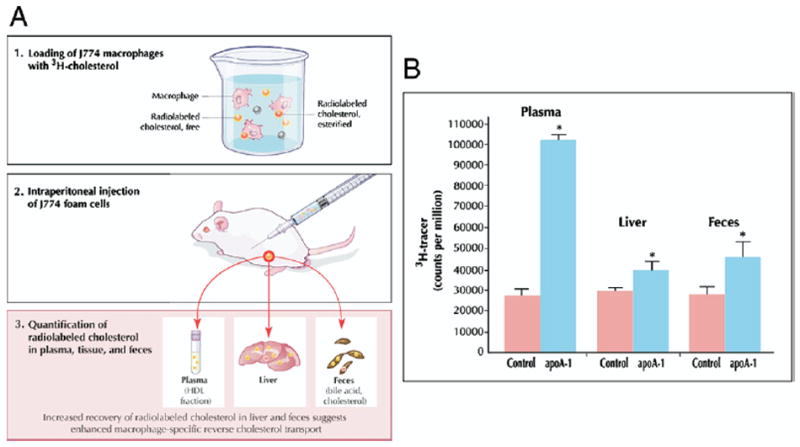Figure 2. Macrophage-Specific Reverse Cholesterol Transport In Vivo.

(A) To assay macrophage-specific RCT, the critical atheroprotective pathway, a recently developed technique (33) follows the fate of radiolabeled cholesterol from prepared macrophages after injection. Macrophages are cholesterol-loaded with acetylated low-density lipoprotein (LDL) to become foam cells and labeled with 3H-cholesterol. Loaded and labeled macrophages are then injected intraperitoneally into mice, where they remain in the peritoneal cavity bathed in peritoneal fluid containing HDL acceptor particles. Subsequently, blood is sampled at several time points, and feces and plasma are collected continuously over 48 h and assayed for 3H-steroid. The fecal excretion of 3H-steroid is a measure of macrophage-to-feces RCT. (B) C57BL/6 mice were injected intravenously with apoA-I adenovirus (n = 10) or control (null) adenovirus vector (n = 10). Three days after vector injection, 3H-cholesterol-labeled J774 foam cells were injected. Compared with control subjects, mice overexpressing apoA-I demonstrated significantly higher levels of 3H-tracer in plasma at 48 h and in liver and feces. *p < 0.05 between control and apoA-I adenovirus groups. Reprinted, with permission, from Zhang et al. (33). Figure illustrations by Rob Flewell. Abbreviations as in Figure 1.
